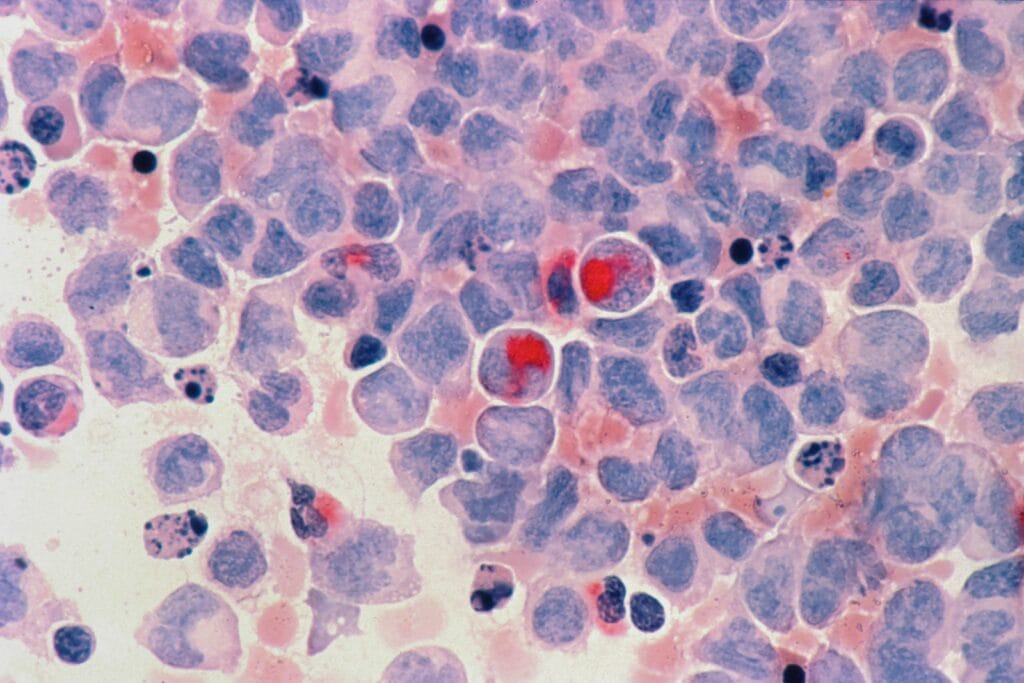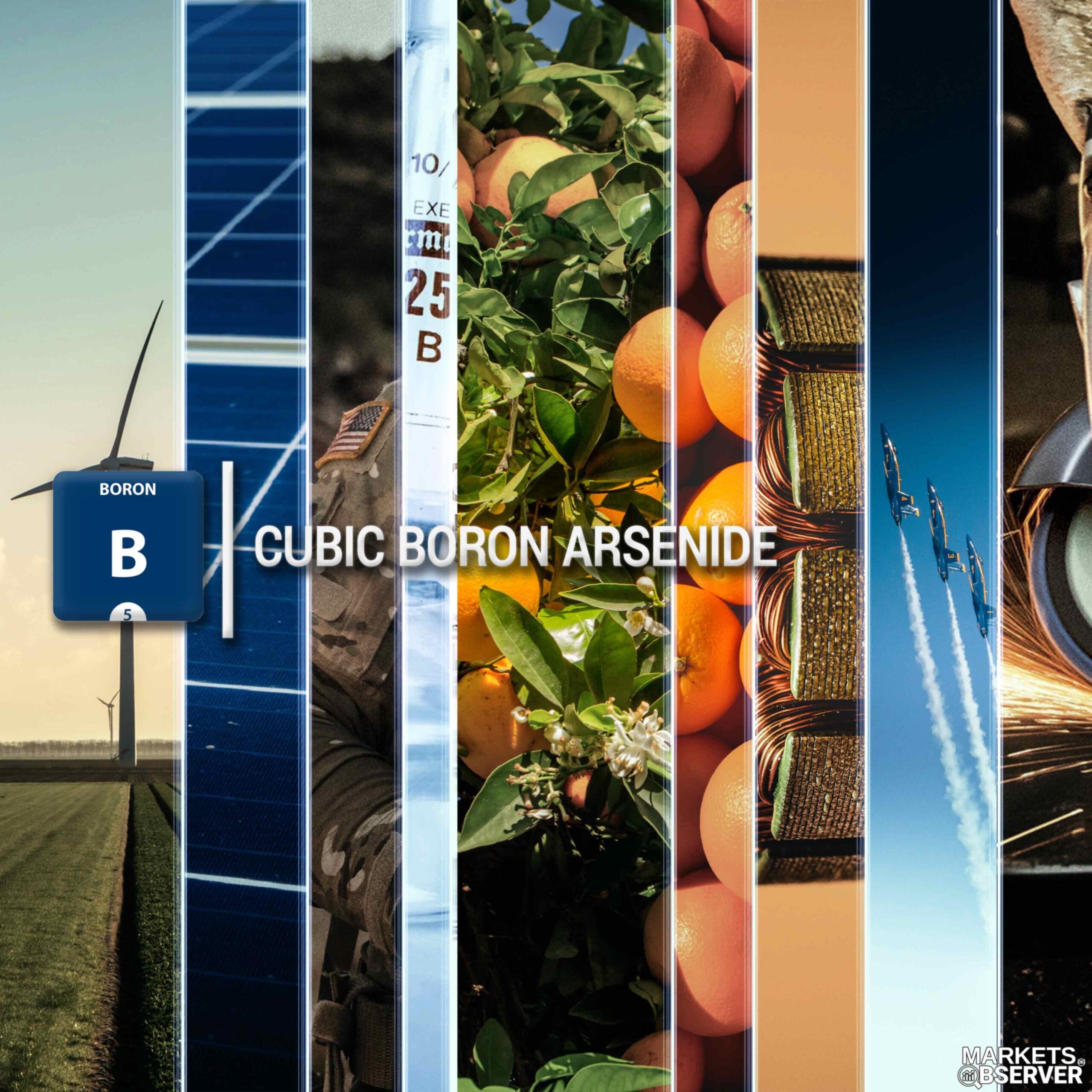PFAS/PFOA, also known as “forever chemicals,” are a group of toxic, persistent chemicals found in various products such as non-stick cookware, food packaging, and firefighting foams. Long-term exposure to these chemicals has been linked to various health issues, including cancer, thyroid disorders, and reproductive problems.
Recent research has found that Boron Nitride (BN), a compound with similar properties to graphene, could be the solution to PFAS/PFOA pollution with promising results in breaking down these “forever chemicals” in various contexts.
- According to the EPA, PFAS exposure can cause adverse health effects such as developmental effects, liver damage, and immune system effects.
- Additionally, exposure to PFAS can harm wildlife and aquatic organisms, as these chemicals do not break down easily and persist in the environment for a long time.
- Boron nitride was not initially thought to be effective in breaking down PFAS, but research has shown otherwise.
- Boron nitride has demonstrated efficient photocatalytic degradation of PFOA in laboratory settings.[1]
- Researchers at Rice University have discovered that BN can efficiently degrade PFOA (Perfluorooctanoic acid) under sunlight exposure, which is a promising result for using BN as a photocatalyst for PFAS/PFOA degradation.
- Another research paper also suggests that piezoelectric ball milling with boron nitride can be used to destroy PFAS in sediment without using solvents.[2]
- The study reports that using BN as an additive in the milling process can enhance the destruction efficiency of PFAS. This process is both solvent-free and nonthermal.
- The use of boron nitride in remediation of PFAS/PFOA pollution is still in its early stages, but the results thus far are promising.
Two new studies have demonstrated the potential of boron nitride in breaking down these persistent chemicals, paving the way for a more sustainable and efficient solution for cleaning up the environment.
One study, conducted by researchers from Rice University, showed that boron nitride could be used as a photocatalyst to break down perfluorooctanoic acid (PFOA) – one of the most common PFAS – into harmless components.
The team found that boron nitride was efficient in breaking down PFOA molecules when exposed to ultraviolet light. Moreover, they were surprised to discover that boron nitride continued to break down PFOA for several hours after the UV light was turned off.
In a press release accompanying the study, lead author Michael Wong explained that boron nitride had excellent properties that could help clean up PFAS pollution. “Boron nitride is stable, easy to prepare, and does not need to be activated,” he said. “It is a promising candidate for use in the field of environmental remediation.”
The second study, conducted by researchers from the University of California, Riverside, showed that boron nitride could also be used to break down PFAS in sediment through a process called piezoelectric ball milling.
In the process, researchers mixed boron nitride with sediment and milled the mixture in a piezoelectric ball mill. They found that the resulting slurry contained 99.9% less PFAS than the original sediment.
The researchers also found that piezoelectric ball milling had advantages over traditional methods of PFAS remediation. Traditional methods often rely on the use of solvents, which can be costly and pose additional environmental risks. However, piezoelectric ball milling is a solvent-free and low-cost method that could be used in situ to clean up PFAS-contaminated sediment.
The discovery of boron nitride’s potential in PFAS remediation could be a significant breakthrough in the fight against PFAS pollution. However, it is important to note that these studies are still in their early stages and require further testing before they can be deployed on a larger scale.
What exactly are PFAS and PFOA, and why are they such a problem?
Per- and polyfluoroalkyl substances (PFAS) are a class of synthetic chemicals, commonly referred to as “forever chemicals,” that have been used in various industrial and consumer applications since the 1950s. PFAS are persistent, meaning they do not break down easily in the environment, and bioaccumulate, meaning they accumulate in the bodies of animals and humans. The United States Environmental Protection Agency (EPA) reports that PFAS is present in the blood of almost all Americans, including newborn babies.
Perfluorooctanoic acid (PFOA) and its close relative, perfluorooctane sulfonic acid (PFOS), are two of the most well-known and well-studied PFAS. They have been linked to a wide range of adverse health effects, including cancer, immune system dysfunction, and reproductive and developmental problems.
The prevalence of PFAS/PFOA pollution in our environment and its potentially severe health effects have prompted researchers to explore new ways to remediate this persistent pollutant.
What was PFAS used for?

PFAS are a class of synthetic chemicals that have been widely used in a variety of industrial applications since the 1950s.
They are characterized by their strong carbon-fluorine bonds, which make them resistant to degradation in the environment and give them their nickname “forever chemicals.”
PFAS are found in a variety of everyday products, including non-stick cookware, waterproof clothing, carpets, and food packaging. They have also been used in firefighting foam, which has led to widespread contamination of groundwater near military bases and airports.
Effects of PFAS chemicals

PFAS have been linked to a range of environmental and health problems, including cancer, developmental problems, liver damage, thyroid disease, and immune system suppression.
These chemicals have been found in soil, water, and air samples worldwide, and their persistence means that they can remain in the environment for decades or even centuries. They can harm aquatic life, reduce biodiversity, and contaminate food chains.
Studies have shown that PFAS exposure can cause a range of adverse health effects, including:
- Increased risk of cancer, including kidney, testicular, and thyroid cancer.
- Thyroid disease and other
A Green Solution for Cleaning Up PFAS Water and Soil Contamination
Despite the gravity of the situation, there is hope that solutions like boron nitride could help remediate the pollution caused by PFAS/PFOA. While much research is still needed to determine the effectiveness of boron nitride in large-scale remediation efforts, the current results are promising. As we continue to search for ways to mitigate the harmful effects of these persistent pollutants, the emergence of boron nitride as a possible solution offers a glimmer of hope.
Boron Nitride: The Clean Technology Behind PFAS Remediation
Boron Nitride is a material that has unique properties and is widely used in various industrial applications. It is a compound of boron and nitrogen and is known for its high thermal stability, excellent thermal conductivity, and electrical insulation properties. Boron Nitride has a similar structure to carbon, and it can exist in various forms, including hexagonal and cubic boron nitride.
Overall, boron nitride is a promising solution to PFAS/PFOA pollution due to it’s unique photocatalytic and piezoelectric properties that may make it a viable option for breaking down these persistent chemicals into harmless substances.
With continued research and development, boron nitride could revolutionize the way we deal with PFAS/PFOA pollution, leading to cleaner and safer environments for all. It’s time to bid farewell to the “forever chemicals” and welcome a new solution.
More research is needed to determine the efficacy and feasibility of using BN for PFAS/PFOA remediation, but the initial results are promising.
Efficient Photocatalytic PFOA Degradation over Boron Nitride
A study published in Environmental Science & Technology Letters found that boron nitride can efficiently degrade perfluorooctanoic acid (PFOA), a common PFAS, under UV light. The researchers found that boron nitride was able to break down PFOA into smaller, less toxic compounds, and the process was efficient and fast.
Boron nitride is a ceramic material that is similar to graphene, a two-dimensional material made of carbon. Boron nitride has a high surface area and can act as a photocatalyst, which means it can use light energy to drive chemical reactions.
The study’s lead author, Rice University Professor Michael Wong, said in an interview that the results were unexpected. “We thought boron nitride wouldn’t work, but it did,” he said. “It’s not supposed to work, but it does, and that’s really exciting.”
Solvent-Free Nonthermal Destruction of PFAS Chemicals and PFAS in Sediment by Piezoelectric Ball Milling
Another study published in Environmental Science & Technology Letters found that piezoelectric ball milling, a process that involves grinding materials using a piezoelectric device, can destroy PFAS without the need for solvents or high temperatures.
The researchers added boron nitride as an additive to the ball milling process and found that it enhanced the destruction of PFAS in sediment samples. The researchers suggest that the process could be used to treat contaminated soil and sediment, and the boron nitride additive could help improve the efficiency of the process.
This method is especially promising because it enables the chemical breakdown of PFAS in sediments without the use of high heat or solvents — a key step forward in developing clean technology for environmental remediation.
Potential Benefits of Using Boron Nitride for PFAS Remediation
Boron nitride’s ability to safely degrade toxic chemicals like PFOA offers a new pathway for the removal of PFAS from drinking water and contaminated soil.
Using boron nitride to remove or degrade PFAS has several potential benefits:
- Boron nitride is an abundant and relatively inexpensive material, which means it could be used on a large scale.
- The photocatalytic and piezoelectric properties of boron nitride could be used to develop new, low-energy methods for PFAS remediation.
- The use of boron nitride could reduce the need for harsh chemicals or high temperatures, which could make the process more environmentally friendly.
As a low-cost and scalable material, BN has the potential to lead the next generation of green solutions in the fight against forever chemicals.
References:
- “Efficient Photocatalytic PFOA Degradation over Boron Nitride” , Duan, Lijie, et al. Environmental Science & Technology Letters, vol. 7, no. 8, Aug. 2020, pp. 613–19.
- “Solvent-Free Nonthermal Destruction of PFAS Chemicals and PFAS in Sediment by Piezoelectric Ball Milling” , Yang, Nanyang, et al. Environmental Science & Technology Letters, Jan. 2023.
- “Historical and Current Usage of Per- and Polyfluoroalkyl Substances (PFAS): A Literature Review” , Gaines, Linda G. T. American Journal of Industrial Medicine.
- “Chronic Effects of PFOA and PFOS on Sexual Reproduction of Freshwater Rotifer Brachionus Calyciflorus” , Zhang, Lilan, et al. Chemosphere, vol. 114, Nov. 2014, pp. 114–20.
- “Male Reproductive Toxicity of Perfluorooctanoate (PFOA): Rodent Studies” , Wang, Zhongyuan, et al. Chemosphere, vol. 270, May 2021, p. 128608.
- “Studies on the Toxicological Effects of PFOA and PFOS on Rats Using Histological Observation and Chemical Analysis” , Cui, Lin, et al. Archives of Environmental Contamination and Toxicology, vol. 56, no. 2, Feb. 2009, pp. 338–49.
- “Epidemiologic Evidence on the Health Effects of Perfluorooctanoic Acid (PFOA)” , Steenland, Kyle, et al. Environmental Health Perspectives, vol. 118, no. 8, Aug. 2010, pp. 1100–08.
- “A Review of the Pathways of Human Exposure to Poly- and Perfluoroalkyl Substances (PFASs) and Present Understanding of Health Effects” , Sunderland, Elsie M., et al. Journal of Exposure Science & Environmental Epidemiology, vol. 29, no. 2, Mar. 2019, pp. 131–47.
- “Thyroid Disrupting Effects of Old and New Generation PFAS” , Coperchini, Francesca, et al. Frontiers in Endocrinology, vol. 11, 2021.
- “Exposure, Health Effects, Sensing, and Remediation of the Emerging PFAS Contaminants – Scientific Challenges and Potential Research Directions” , Bell, Erin M., et al. Science of The Total Environment, vol. 780, Aug. 2021, p. 146399.
- “What Are the Effects of PFAS Exposure at Environmentally Relevant Concentrations?” , Sinclair, Georgia M., et al. Chemosphere, vol. 258, Nov. 2020, p. 127340.








